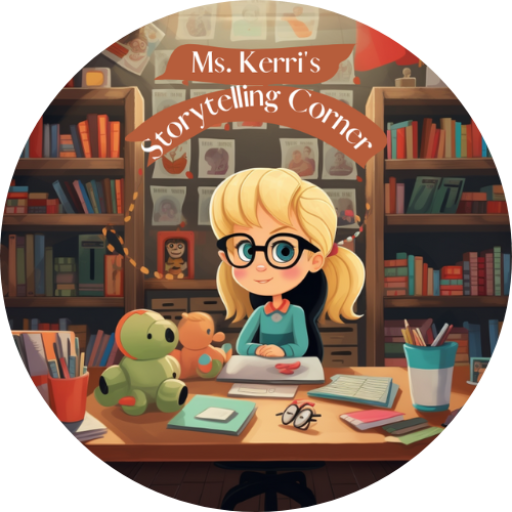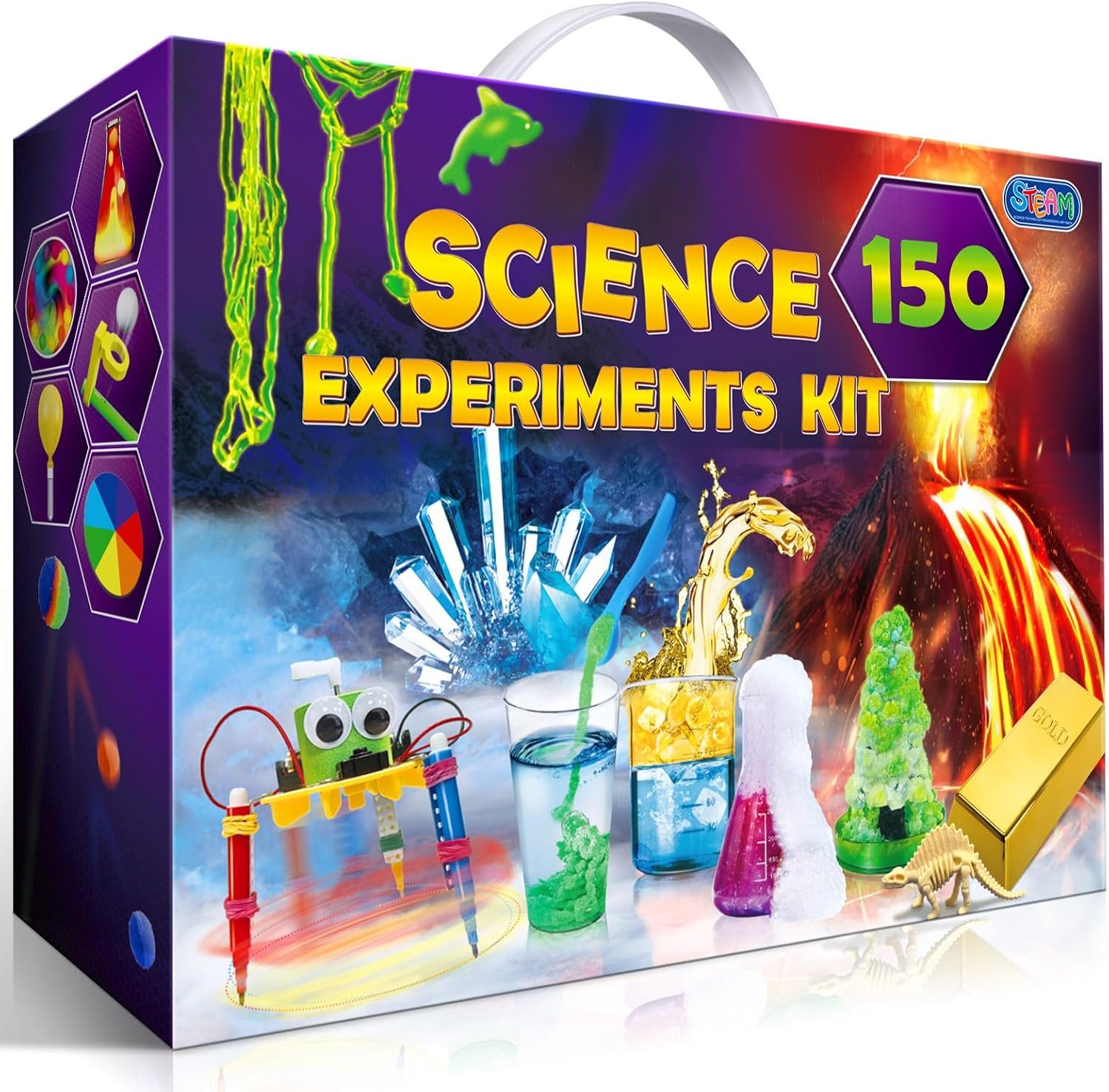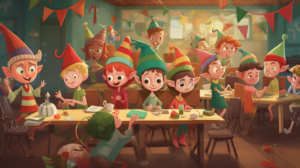STEM toys are not just fun; they play an essential role in your child’s development. By engaging with these toys, preschoolers can boost their curiosity and intelligence while having a great time. Whether it’s building, coding, or experimenting, these toys provide opportunities for hands-on learning that can make a real difference in early education.
Key Takeaways
- STEM toys encourage creativity and imagination in young minds.
- These toys help develop essential problem-solving and critical thinking skills.
- Playing with STEM toys promotes teamwork and communication among kids.
- STEM toys make learning enjoyable, breaking down complex subjects into fun activities.
- Choosing the right STEM toy can spark a child’s interest in science and technology.
Top STEM Toys for Early Learners
STEM toys are a fantastic way to spark curiosity in young minds. These toys not only entertain but also educate, making learning fun! Here are some top picks:
Building Blocks for Creativity
Building blocks are classic toys that encourage creativity and imagination. They help children develop fine motor skills and spatial awareness. Kids can create anything from simple structures to complex designs! Here are some benefits of building blocks:
- Enhances problem-solving skills
- Encourages teamwork during group play
- Develops hand-eye coordination
Interactive Coding Robots
Coding robots are among the best coding and STEM toys for kids 2024. They introduce children to the basics of programming in a fun and engaging way. Here are some popular options:
- Cody Block: A hands-on coding toy that uses physical blocks to control a robot.
- Fisher-Price Think & Learn Code-a-Pillar: Encourages sequencing and problem-solving.
- VTech Switch & Go Dinos: A fun way to learn coding while playing with transformable toys.
Science Kits for Budding Scientists
Science kits are perfect for little explorers eager to learn about the world around them. They often include experiments that are safe and easy to conduct at home. Here are some key features:
- Hands-on experiments that promote inquiry
- Encourages critical thinking and observation skills
- Fun themes like chemistry, biology, and physics
STEM toys are not just toys; they are tools that help shape the future innovators and problem solvers of our world. By introducing these toys early, you set the stage for a lifetime of learning and curiosity!
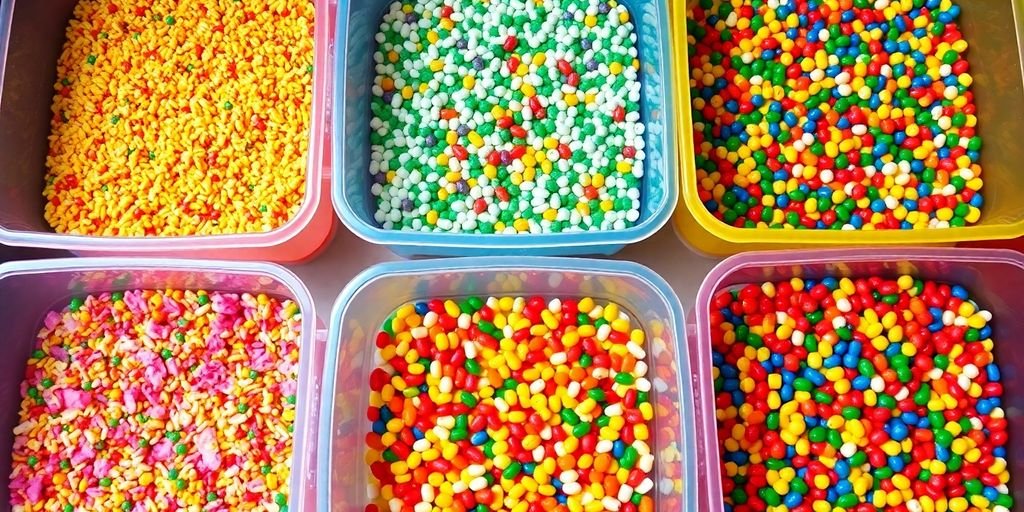
How STEM Toys Enhance Cognitive Development
Boosting Problem-Solving Skills
STEM toys are fantastic for developing problem-solving skills in young children. When kids engage with these toys, they learn to think critically and approach challenges with a strategic mindset. For example, building a simple structure with blocks requires them to plan and adjust their designs based on what works and what doesn’t. This hands-on experience is crucial for their cognitive growth.
Encouraging Critical Thinking
Through interactive play, children are encouraged to ask questions and explore different solutions. STEM toys often present scenarios that require kids to think outside the box. For instance, when using coding robots, they must figure out how to navigate obstacles, which enhances their analytical skills and boosts their confidence in tackling complex tasks.
Fostering Creativity and Innovation
STEM toys also promote creativity. By allowing children to experiment and create, they develop a sense of innovation. Here are some ways these toys foster creativity:
- Open-ended play: Toys that can be used in multiple ways encourage imaginative thinking.
- Collaboration: Working with peers on projects helps them share ideas and build on each other’s creativity.
- Trial and error: Kids learn that failure is part of the process, which encourages them to keep trying until they succeed.
Engaging with STEM toys not only makes learning fun but also lays the groundwork for future academic success. These toys are crucial for early childhood development, enhancing cognitive development in ways that traditional toys cannot.
In summary, STEM toys are essential tools that help preschoolers develop vital cognitive skills. By boosting problem-solving abilities, encouraging critical thinking, and fostering creativity, these toys prepare children for a bright future in a tech-driven world.
Choosing the Right STEM Toy for Your Preschooler
When selecting a STEM toy for your preschooler, consider these key factors to ensure a great fit:
Age-Appropriate Options
- Choose toys that match your child’s age. Look for toys designed specifically for preschoolers, as they often feature larger parts and simpler interfaces.
- Check the recommended age range on the packaging to avoid toys that may be too advanced or too simple.
- Engagement is crucial; select toys that will hold their attention and spark their interest.
Safety Considerations
- Always prioritize safety. Look for toys made from non-toxic materials and free from small parts that could pose choking hazards.
- Ensure that the toy has been tested for safety standards, especially for younger children.
- Durability matters; choose toys that can withstand rough play and are built to last.
Aligning with Interests
- Consider your child’s interests. If they love animals, look for science kits that explore wildlife or robotics that feature animal themes.
- Incorporate fun; toys that align with their hobbies will keep them engaged and excited about learning.
- Ask your child what they enjoy; their input can guide you in selecting the perfect toy.
By keeping these factors in mind, you’re sure to select an awesome toy that will ignite your kid’s passion for STEM learning through play!
Hands-On Learning with STEM Toys
Interactive Play
Engaging with STEM toys allows children to learn through play. This hands-on approach helps them grasp complex concepts in a fun way. Here are some benefits of interactive play:
- Encourages exploration and curiosity.
- Develops fine motor skills.
- Enhances problem-solving abilities.
Collaborative Learning
When kids play together, they learn to communicate and work as a team. Playing with STEM toys can:
- Foster teamwork skills.
- Improve social interaction.
- Build confidence in sharing ideas.
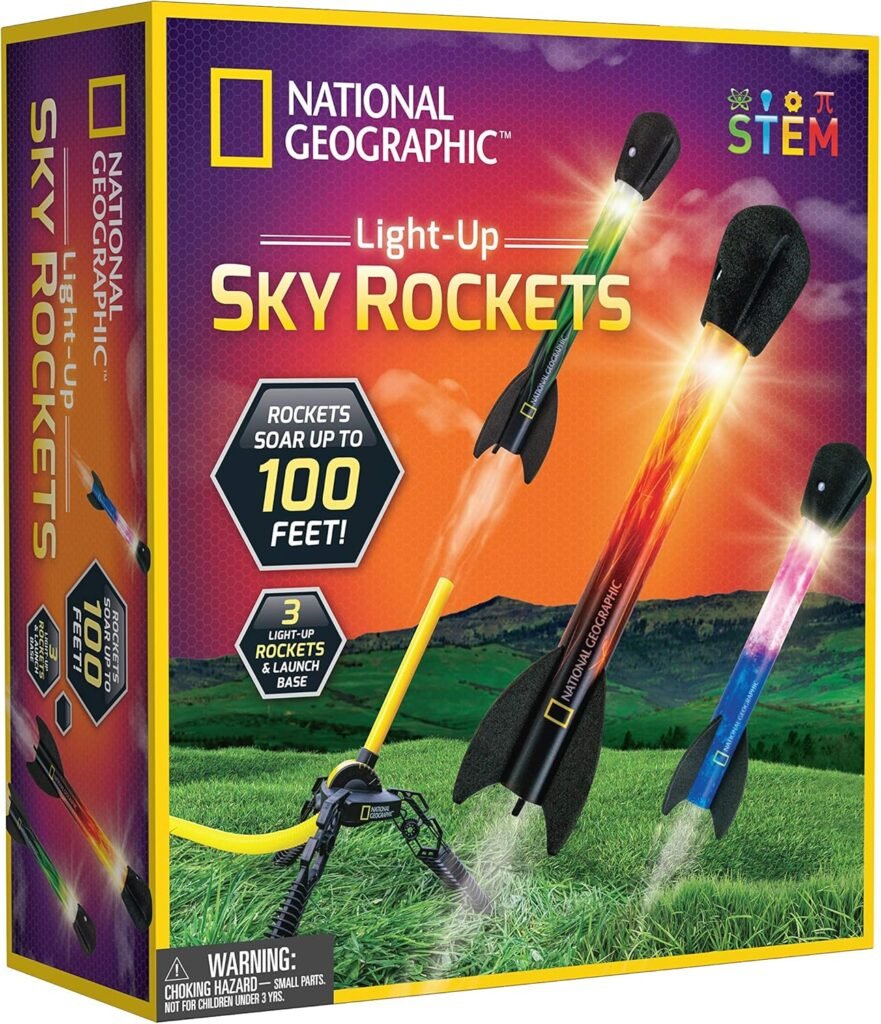
Real-World Applications
STEM toys can connect learning to real-life situations. For example, building blocks can teach basic engineering principles. Here’s how they help:
- Understanding structures: Kids learn how buildings are made.
- Problem-solving: They figure out how to balance blocks.
- Creativity: They can design their own structures.
Hands-on learning with STEM toys not only makes education enjoyable but also prepares children for future challenges. By integrating play with learning, we nurture their natural curiosity and creativity.
In summary, hands-on learning with STEM toys is essential for developing a child’s cognitive skills and social abilities. It’s a fun way to prepare them for a bright future!
Popular STEM Toys and Their Benefits
Robotics Kits
Robotics kits are fantastic for young learners. They help develop problem-solving abilities as kids build and program their robots. Through hands-on activities, children learn to navigate challenges, enhancing their critical thinking skills. Here are some benefits:
- Encourages teamwork and collaboration.
- Fosters creativity through design and coding.
- Prepares kids for future careers in technology.
Engineering Sets
Engineering sets allow children to construct various structures, promoting fine motor skills and hand-eye coordination. These toys inspire kids to think like engineers, leading to:
- Improved spatial awareness.
- Enhanced problem-solving skills.
- A fun way to learn basic physics concepts.

Mathematics Games
Mathematics games make learning numbers enjoyable. They can boost a child’s confidence in math while developing social skills through group play. Benefits include:
- Engaging ways to practice counting and addition.
- Encouragement of strategic thinking.
- Opportunities for friendly competition.
STEM toys are not just playthings; they are gateways to understanding complex concepts while having fun. By integrating these toys into playtime, children can explore, create, and learn in a dynamic way.
| Toy Type | Key Benefits |
|---|---|
| Robotics Kits | Problem-solving, teamwork, creativity |
| Engineering Sets | Fine motor skills, spatial awareness |
| Mathematics Games | Confidence, strategic thinking |
Incorporating STEM Toys into Daily Play
Making Learning Fun
Integrating STEM toys into your child’s daily routine can transform playtime into a learning adventure. These toys not only entertain but also educate. Here are some ways to make learning enjoyable:
- Set a Daily Playtime: Dedicate a specific time each day for STEM activities. This creates a routine that your child can look forward to.
- Mix and Match: Combine different types of STEM toys. For example, use building blocks alongside science kits to encourage creativity and exploration.
- Create Challenges: Set up fun challenges, like building the tallest tower or completing a coding task, to spark interest and engagement.
Balancing Screen Time
While technology is a big part of learning today, it’s essential to balance it with hands-on play. Here are some tips:
- Limit Screen Time: Set boundaries on how long your child can use electronic devices.
- Encourage Offline Activities: Promote activities that don’t involve screens, like building with blocks or conducting simple science experiments.
- Use Educational Apps Wisely: If using apps, choose those that complement physical play and learning.
Encouraging Exploration
Encouraging your child to explore their interests can lead to a deeper understanding of STEM concepts. Here’s how:
- Follow Their Curiosity: If your child shows interest in a specific topic, provide related toys or books to explore further.
- Visit Museums or Science Centers: These places often have interactive exhibits that can enhance your child’s learning experience.
- Integrate Learning into Daily Life: Relate STEM concepts to everyday activities, like cooking or gardening, to make learning relevant.
By incorporating STEM toys into daily play, you’re not just providing entertainment; you’re nurturing a lifelong love for learning. Integrating play-based learning and STEM practices can lead to incredible growth in your child’s curiosity and skills!
STEM Toys for Social and Emotional Growth
Building Teamwork Skills
STEM toys are fantastic for helping kids learn how to work together. When children play with these toys, they often need to share ideas and collaborate. Here are some ways they can develop teamwork:
- Group Projects: Working on a project together encourages sharing and cooperation.
- Role-Playing: Kids can take on different roles, which helps them understand various perspectives.
- Problem Solving: Facing challenges as a team teaches them to communicate effectively.
Improving Communication
Using STEM toys can also boost communication skills. When kids explain their ideas or ask for help, they practice important social skills. Here are some benefits:
- Expressing Ideas: Kids learn to articulate their thoughts clearly.
- Listening Skills: They develop the ability to listen to others and respond appropriately.
- Feedback: Giving and receiving feedback helps them grow and learn from each other.
Enhancing Social Interaction
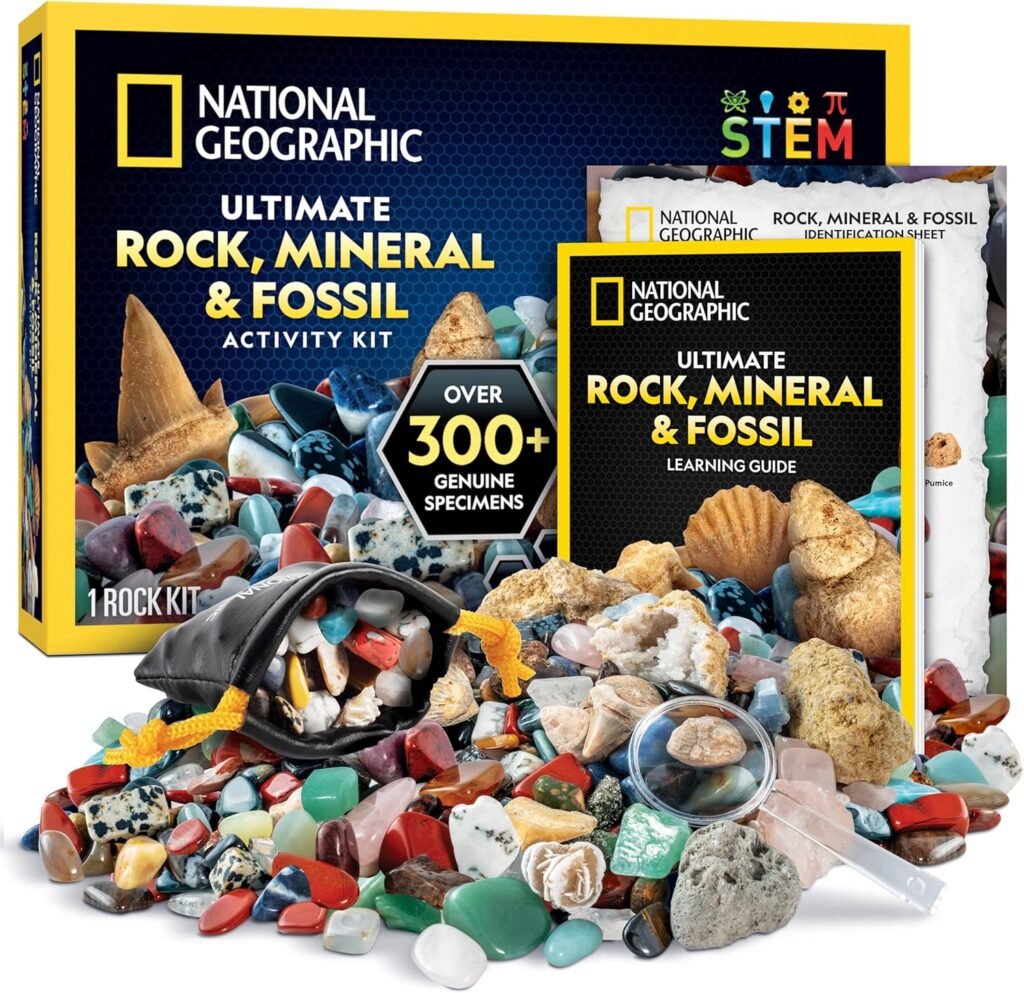
Playing with STEM toys encourages kids to interact with their peers. This interaction is crucial for their social development. Here’s how:
- Playdates: Organizing playdates with STEM toys can create a fun learning environment.
- Group Challenges: Kids can participate in challenges that require teamwork, enhancing their social bonds.
- Shared Experiences: Working together on projects creates lasting memories and friendships.
STEM toys not only teach kids about science and technology but also help them grow socially and emotionally. By engaging in collaborative play, children learn valuable life skills that will benefit them in the future.
In summary, incorporating STEM toys into playtime can significantly enhance your child’s social and emotional development. These toys provide a platform for teamwork, communication, and social interaction, making learning a fun and enriching experience!
Final Thoughts
In conclusion, choosing the right STEM toys for your preschooler can spark their curiosity and boost their intelligence. These toys not only make learning fun but also help kids develop important skills like problem-solving and teamwork. By encouraging your child to explore and play with these educational tools, you’re setting them up for a bright future. So, gather some of these exciting toys, and watch as your little one discovers the wonders of science, technology, engineering, and math through play!
Frequently Asked Questions
What are STEM toys?
STEM toys are educational toys that focus on Science, Technology, Engineering, and Math. They help kids learn these subjects through fun and engaging play.
How do STEM toys benefit preschoolers?
STEM toys can improve problem-solving skills, boost creativity, and encourage teamwork among preschoolers while making learning enjoyable.
Are STEM toys safe for young children?
Yes, most STEM toys are designed with safety in mind. However, always check the age recommendations and ensure there are no small parts for very young kids.
Can STEM toys help my child with school?
Absolutely! These toys teach essential skills that can aid in school subjects, making learning easier and more fun.
How can I choose the right STEM toy for my child?
Consider your child’s age, interests, and the skills you want to develop. Look for toys that are age-appropriate and match their curiosity.
Are there STEM toys that promote social skills?
Yes, many STEM toys encourage group play, which helps children develop social skills like communication and teamwork.
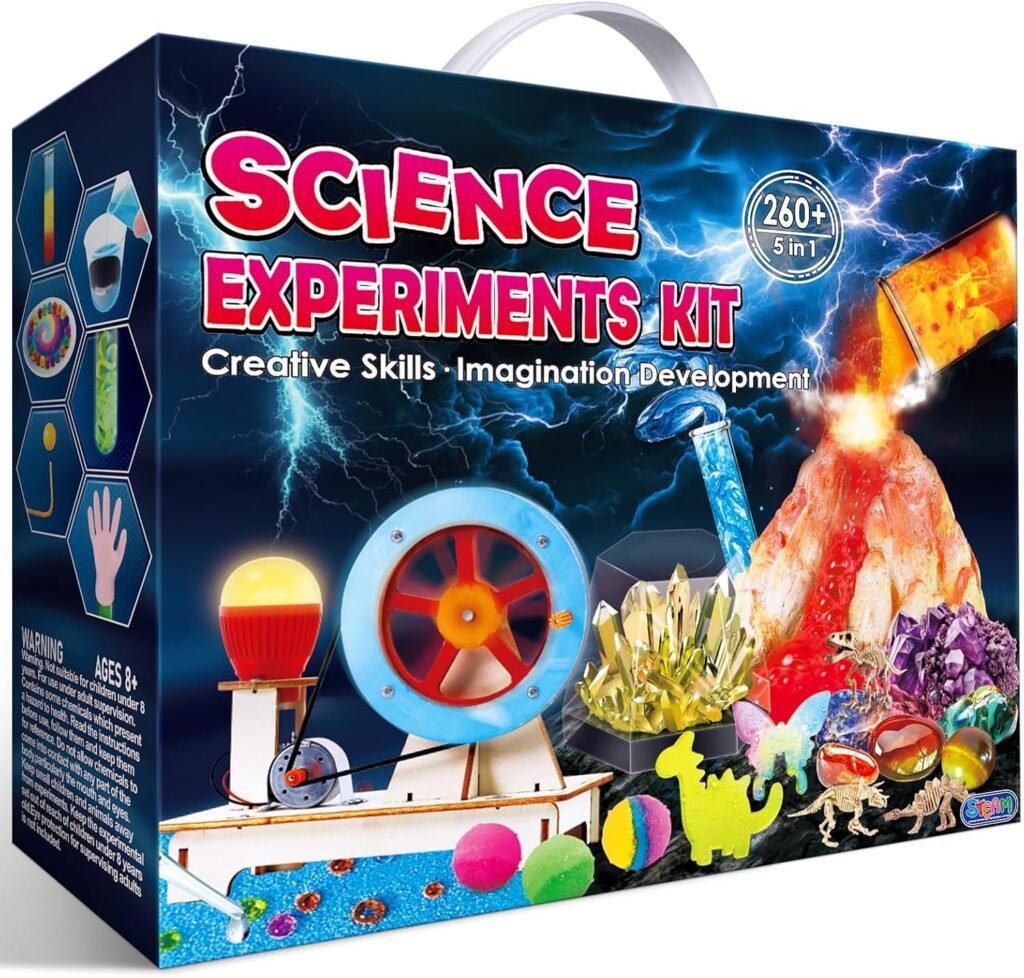

Ms. Kerri’s Corner provides a exciting virtual space for preschool learning. Through a variety of engaging activities, she exposes young minds to early math, literacy, science and social-emotional skills in a developmentally appropriate way. Centers for blocks, art, books and music allow children to explore hands-on learning at their own pace. Guided lessons subtly introduce number sense, letter sounds and narrative thinking. Careful observation gives insight into each child’s progress across domains. Viewers are also invited to participate, reinforcing that their ideas are valued. By making learning fun yet purposeful, Ms. Kerri lays the groundwork for future academic success while fostering creativity and imagination. Her program offers preschoolers valuable screen-based learning experiences.
